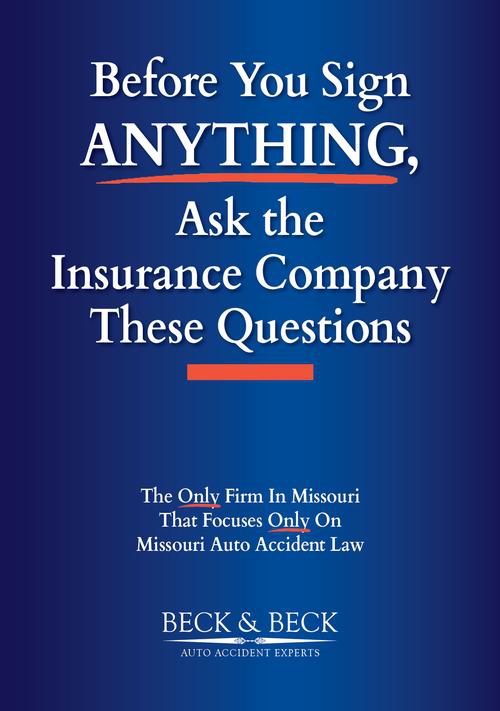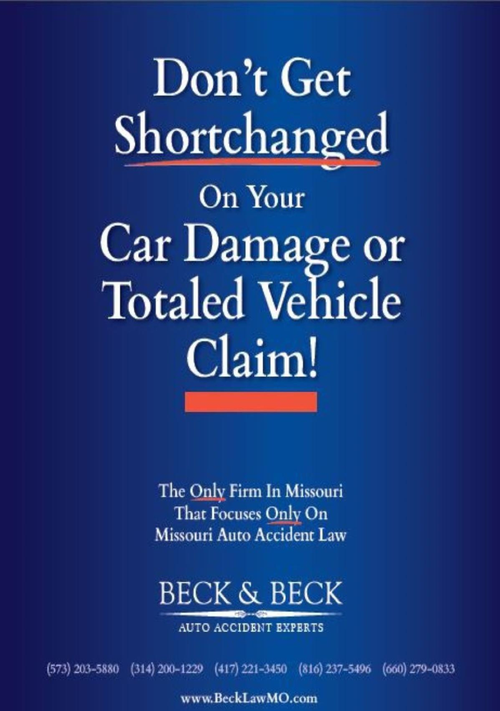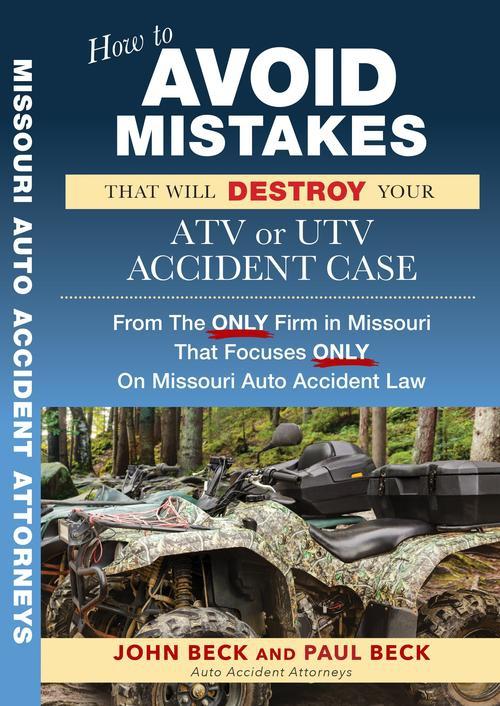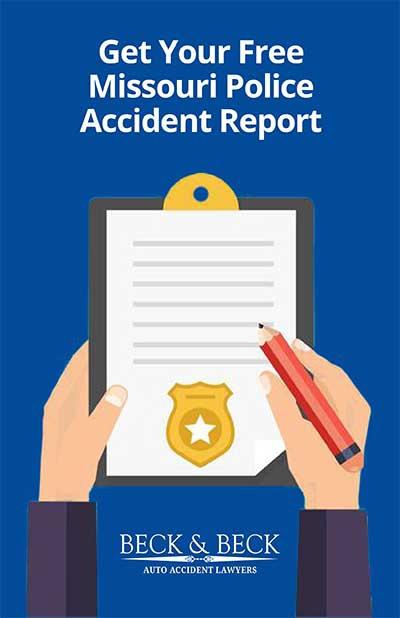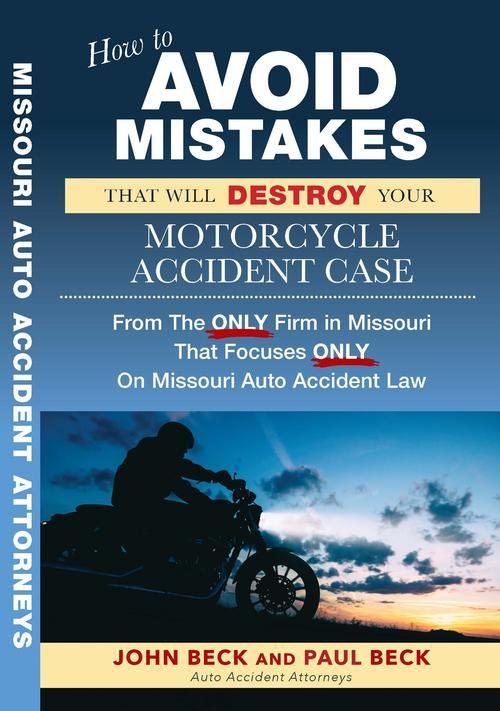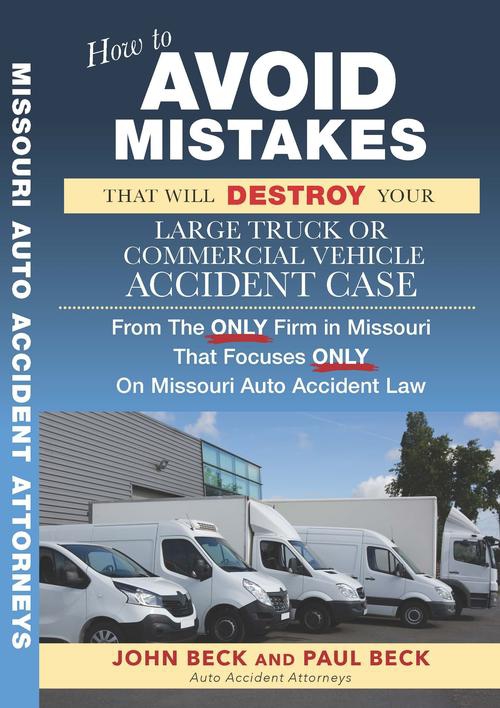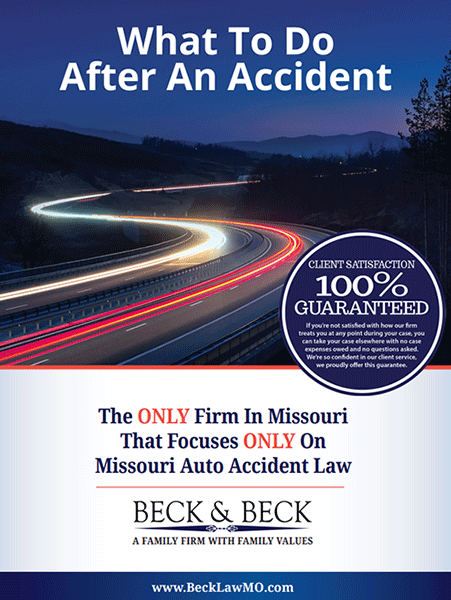Drowsy driving truck accidents in Missouri occur when commercial truck drivers operate their vehicles while fatigued or sleep-deprived, creating dangerous conditions that often lead to catastrophic crashes. These accidents are illegal under both federal regulations and Missouri state law, as truck drivers have a legal duty to pull over when they’re too tired to drive safely.
When a drowsy driver causes an 18-wheeler accident, the results can be devastating due to impaired reaction times, poor judgment, and the massive size difference between these 80,000-pound vehicles and passenger cars.
Why Truck Driver Fatigue Is So Dangerous
When someone operates an 80,000-pound semi-truck while fatigued, their impaired judgment and slow reflexes create a deadly situation. Fatigue affects drivers similarly to drunk driving, reducing their ability to react to sudden changes on the road.
A drowsy truck driver may not brake or swerve in time to avoid impact, causing devastating full-speed collisions. Even alert truck drivers require significantly more distance to stop than regular cars, making reaction time crucial.
When and Where Fatigued Truck Crashes Happen in Missouri
Most drowsy driving truck accidents occur during predictable time periods when your body naturally wants to sleep. The most dangerous hours are from midnight to 6 a.m. and from mid-afternoon to 4 p.m.
These times align with your body’s circadian rhythms when alertness naturally drops. Drivers working night shifts or those who don’t get enough sleep are especially vulnerable during these periods.
Missouri’s major highways, like I-70, I-44, and US-60 see many of these crashes. Long, monotonous stretches of rural road can lull tired drivers into a dangerous state of inattention.
| Time Period | Risk Level | Why It’s Dangerous |
| Midnight – 6am | Highest | Natural sleep time with fewer vehicles to keep drivers alert |
| 2pm – 4pm | High | Post-lunch circadian dip causes significant alertness drop |
| Evening rush | Moderate | End of long shifts combined with heavy traffic stress |
Factors Contributing To Fatigued Driving
Economic pressure drives many drowsy driving incidents. Most truck drivers get paid by the mile, not by the hour, creating financial incentives to keep moving even when exhausted.
Trucking companies often contribute to the problem by setting unrealistic delivery schedules. When companies prioritize profits over safety, drivers often feel compelled to disregard their bodies’ need for rest.
Several factors commonly lead to truck driver fatigue:
Impossible deadlines:
- Companies set delivery times that require drivers to skip rest breaks
Limited parking:
- Shortage of safe truck stops forces drivers to continue when tired
Sleep disorders:
- Many truckers have untreated sleep apnea or other conditions affecting the quality of their rest
Constantly changing schedules:
- Irregular shifts disrupt natural sleep patterns
Unpaid waiting time:
- Hours spent loading and unloading cut into required rest periods
What Hours of Service Rules and Federal Laws Apply to Fatigued Trucking?
Federal Hours of Service regulations exist specifically to prevent fatigued truck drivers from operating on roads. These rules limit the amount of time commercial drivers can work before taking mandatory rest breaks.
The basic rules include an 11-hour driving limit after 10 consecutive hours off duty. Drivers also face a 14-hour on-duty limit covering all work tasks, not just driving time.
Core Hours of Service (HOS) Driving Limits
The basic HOS rules impose strict limits on driving and working time to ensure adequate rest:
11-Hour Driving Limit:
A truck driver is limited to a maximum of 11 cumulative hours of driving after taking 10 consecutive hours off duty.
14-Hour On-Duty Limit:
Drivers face a 14-hour non-extendable on-duty limit. This covers all work tasks, including driving time, loading, unloading, vehicle inspections, and paperwork. Once this 14-hour clock starts, the driver cannot operate the vehicle again until they have taken the required rest.
Electronic Logging Devices:
All commercial trucks must have ELDs that automatically track driving hours to ensure compliance with federal rules.
When trucking companies allow or encourage drivers to violate these regulations, it constitutes negligence. Our experienced St. Louis truck accident attorneys often find evidence that companies pressured drivers to falsify logs or ignore fatigue warnings.
Signs That Drowsy Driving Caused a Truck Accident
When a truck accident occurs, establishing the cause is critical for proving negligence. Drowsy driving, a common form of negligence, often leaves behind observable signs that a truck driver was dangerously fatigued before the crash.
Observable Driving Patterns
Lane Drifting and Weaving
A primary indicator of fatigue is the driver’s inability to maintain a straight course. The truck may be observed weaving between lanes, crossing lane markers, or drifting onto the shoulder without a clear reason. This behavior demonstrates a loss of conscious control over the vehicle.
Inconsistent Speed Maintenance
A drowsy driver struggles to maintain a steady speed. You may observe the truck rapidly accelerating and then decelerating, oscillating between going too fast and then too slow. This inconsistency indicates the driver is fighting to stay alert and keep their foot steady on the pedal.
Lack of Response to Hazards
Missing Obvious Traffic Signals
A fatigued driver’s cognitive functions are severely impaired, causing them to miss key visual cues. They may appear confused about their route or location, fail to react to brake lights ahead, or run through obvious traffic signs and signals.
No Attempt to Brake
Perhaps the most telling sign of a driver who has fallen asleep is the complete lack of a braking attempt. Many drowsy driving crashes occur without any skid marks at the scene, which is strong evidence that the driver never tried to stop or avoid the collision, indicating they were unconscious at the moment of impact.
Types of Truck Crashes Caused By Driver Fatigue
Specific crash patterns strongly suggest a truck driver was dangerously drowsy at the time of impact. The most telling sign of fatigue is the complete absence of any evasive action before the collision.
Alert drivers almost always try to brake or swerve to avoid crashes, leaving behind skid marks or steering corrections. When we find no such evidence, it often indicates the driver was asleep or severely impaired by fatigue.
Common fatigue-related crash types include:
Rear-End Accidents with Stopped Traffic
A high-speed rear-end collision with vehicles stopped at a light or in slow-moving traffic is a frequent sign of fatigue. These crashes occur because the drowsy driver fails to recognize the hazard ahead and often hits the vehicle in front at full speed without any attempt to brake.
Road Departure Crashes
These accidents involve the truck drifting off the roadway and hitting fixed objects like trees, guardrails, or concrete barriers. The absence of braking or corrective steering indicates the driver likely fell asleep at the wheel and simply drove straight off the road.
Head-On and Wrong-Way Collisions
Crossing the centerline into oncoming traffic or driving the wrong way down a highway is a catastrophic indicator of extreme fatigue. This suggests the driver was so disoriented or fatigued that they lost all sense of their position and direction of travel.
Single-Vehicle Rollovers
When a single truck loses control and rolls over on a straight road with no apparent cause, driver fatigue is a major suspect. The driver likely drifted into the shoulder or a median, overcorrected in a panic once awake, and triggered the high-speed rollover.
These crashes typically occur at high speeds because the drowsy driver failed to recognize the impending danger.
Liability for Drowsy Driving Truck Accidents
Missouri law holds trucking companies responsible for their drivers’ actions under a principle calle This means the company that employed the drowsy driver typically bears primary liability for your injuries.
Beyond the individual truck driver, several parties may share responsibility for your crash. We investigate every angle to identify all liable parties and maximize your compensation.
Potentially liable parties include:
Trucking companies:
- For setting unrealistic schedules or ignoring driver fatigue complaints
Freight brokers:
- For creating impossible delivery deadlines that pressure unsafe driving
Shippers and receivers:
- For excessive detention time that cuts into required rest periods
Maintenance companies:
- For failing to maintain driver alertness monitoring systems
Our legal team at Beck & Beck Missouri Car Accident Lawyers recognizes that many trucking companies often prioritize profits over safety in their cultures. We work to hold all responsible parties fully accountable for their role in causing your injuries.
Evidence That Proves a Truck Driver Was Fatigued
Since there’s no test for drowsiness like a breathalyzer for alcohol, proving truck driver fatigue requires collecting evidence from multiple sources. Our legal team knows exactly what to look for and acts quickly to preserve critical information.
Trucking companies often attempt to destroy or conceal evidence that indicates their driver was fatigued. We immediately send legal preservation letters demanding that they maintain all records and electronic data related to your crash.
Electronic Data We Secure: ELD, ECM, Dashcam, Telematics
Modern commercial trucks contain sophisticated electronic systems that record detailed information about the driver’s actions and the vehicle’s performance. This technical data often provides the strongest, most objective evidence of driver fatigue.
Electronic Logging Device (ELD) and Engine Control Module (ECM) Data
The Electronic Logging Device (ELD) data accurately records the driver’s working hours and the time of their last required rest break, thereby identifying Hours of Service violations.
The Engine Control Module (ECM), also known as the “black box,” records the truck’s speed, braking patterns, and other driver inputs in the moments leading up to impact, which can reveal a lack of evasive action.
Dashcam Footage and Telematics Systems
Dashcam footage may capture video of the driver nodding off, exhibiting erratic behavior, or the truck drifting between lanes. Telematics systems provide precise GPS tracking and other monitoring data that allows our experts to accurately reconstruct the truck’s movements and the driver’s conduct leading up to the crash.
Records We Subpoena: The Paper Trail
Paper trails often reveal the real story behind a drowsy driving crash. We subpoena company records that can contradict official driver logs and expose patterns of unsafe practices.
Dispatch and Pay Records
Dispatch records may show company pressure on the driver to meet unrealistic deadlines that would necessitate HOS violations. Pay stubs can reveal if the driver was working excessive hours or manipulating schedules to maximize income, indicating a willingness to ignore fatigue warnings.
Fuel, Toll, and Weigh Station Receipts
These seemingly minor documents—including fuel receipts, toll records, and weigh station tickets—create an independent, verifiable timeline of the truck’s route. These receipts can often prove the driver physically could not have taken the required rest breaks as claimed in their official logs.
Scene and Witness Clues That Indicate Fatigue
The crash scene itself holds necessary evidence of driver fatigue. We carefully examine skid marks, vehicle damage patterns, and debris fields to understand what happened.
Physical Scene Evidence
The lack of skid marks is a significant indicator that the driver never hit the brakes before impact. Straight tire tracks leading off the roadway suggest the driver did not attempt to correct their course.
Witness and Cab Clues
Witnesses may have seen the truck weaving, varying speeds, or showing other signs of impaired driving before the crash. Furthermore, evidence found in the truck’s cab, such as excessive energy drink cans, over-the-counter sleep aids, or proof of drug use, can also support claims of severe driver fatigue.
What Should You Do Immediately After a Fatigued Trucker Crash?
Time is critical after a truck accident because trucking companies dispatch investigators within hours to protect their interests. You need to take immediate steps to preserve evidence and protect your legal rights.
Don’t wait to seek medical attention even if you feel okay initially. Adrenaline can mask serious injuries, and prompt medical care creates necessary documentation linking your injuries to the crash.
Step-by-Step Actions to Protect Your Claim
Seek Immediate Medical Attention
Your health is the priority. Get medical care first, even if you feel fine initially. Adrenaline can mask serious injuries, and many truck accident injuries do not show immediate symptoms but can cause long-term problems if left untreated.
Prompt medical care also creates necessary documentation linking your injuries directly to the crash.
Ensure Official Documentation
Insist that the police file an official accident report. If the responding officer does not automatically perform a commercial vehicle inspection, request one. This inspection is vital as it can reveal mechanical problems or violations of the federal Hours of Service rules.
Document Everything Possible
Documenting the scene is essential for preserving evidence. Take comprehensive photos of vehicle damage, the final resting position of the vehicles, the accident scene, and any visible injuries.
Also, collect witness contact information immediately, as their observations of the truck’s pre-crash behavior—such as weaving or speeding—can be invaluable.
Never Speak to Insurers Alone
Never give a recorded or written statement to the trucking company’s insurance or their lawyers without first consulting with legal representation. These adjusters are highly trained to get you to say things that can be twisted to hurt your case, minimize your injuries, or increase your percentage of fault.
Contact an Attorney Immediately
The moment you can safely do so, contact Beck & Beck Missouri Car Accident Lawyers. This allows us to send crucial spoliation and preservation letters right away. We can then begin investigating before critical electronic data is overwritten or physical evidence disappears from the scene.
Consult With Our Expert Missouri Semi-Truck Accident Injury Lawyers Today
Our Missouri truck accident lawyers understand the devastating impact a drowsy driving crash can have on your life. We’ll handle every aspect of your claim—from preserving critical electronic data and dispatch records to negotiating with insurance companies and fighting for maximum compensation.
Our team’s exclusive focus on vehicle accident law gives us the specialized knowledge needed to prove driver fatigue and hold trucking companies accountable for their negligence.
Don’t face the complex legal battle alone. Contact Beck & Beck Missouri Car Accident Lawyers today for a free consultation and let us put our experience to work protecting your rights while you focus on healing.
Related Articles
How can a St. Louis truck accident lawyer assist with my claim?

